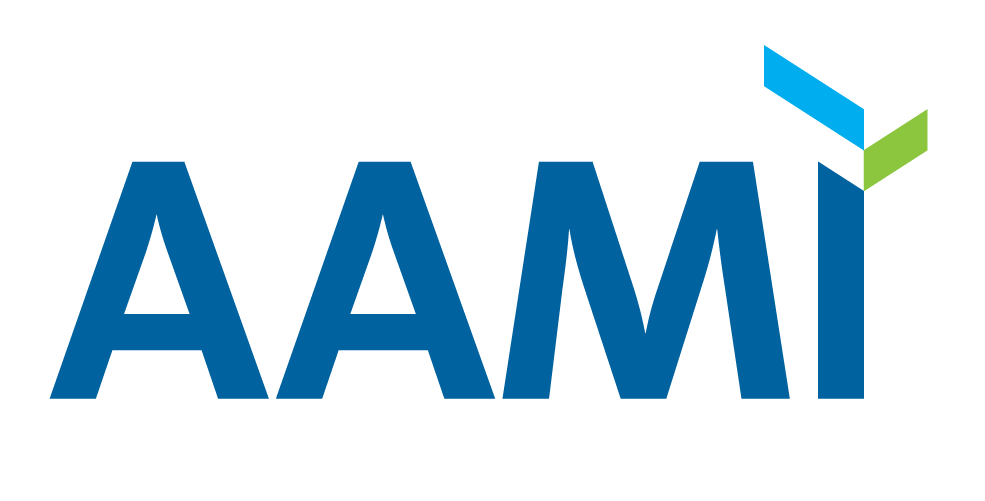Standards and Technical Documents
AAMI committees develop standards and other types of technical documents all with the same goal in mind—to enhance the safety and efficacy of the use and management of medical devices and health technologies. These documents are classified according to their objectives or the level of consensus they reflect. The types of technical documents described below are examples of the types of documents developed. AAMI committees may develop other types of documents in response to specific needs of its membership and the healthcare community at large.
Standards
Standards are consensus documents that provide requirements, specifications, guidelines or characteristics that can be used consistently to ensure that materials, products, processes and services are fit for their purpose. AAMI develops standards documents aimed at enhancing the safety, efficacy, safe use and management of medical devices and health technologies. A standard may recommend to a manufacturer the information that should be included with a product, basic safety and performance criteria, and conformance measures that can be used to assess compliance. The inclusion of design specifications in a standard is permitted when circumstances warrant, but design specifications usually are avoided as they can hinder the advancement of technology. A standard may provide clinical users with guidelines for the use, care, evaluation, or processing of medical devices.
Quick facts about AAMI standards
- The use of standards is voluntary.
- Standards are performance-based documents that serve to assist health care industry with performance, use, acceptance, and advancement of health technology by outlining performance and safety requirements for a device.
- Standards may also be user-oriented to promote safe use, application, and maintenance of health technology in a health care delivery setting.
Technical Information Report (TIR)
A technical information report (TIR) is a review of technical issues relevant to a particular technology and a statement of expert opinion. A TIR may include discussion of different sides of an issue or may be issued when a committee believes that the procedures for developing a standard would unduly delay the promulgation of needed information. A TIR may serve as an interim statement by a committee working to develop standards. A TIR also may provide additional guidance to an AAMI or American National Standard or advice on how a standard might be implemented.
Quick facts about AAMI TIRs
- Represents committee consensus but is not subject to public review.
- May be used to support a standard or to address an aspect of health technology or new technology
- Contain guidelines rather than requirements.
American National Standard (ANS)
An American National Standard (ANS) is a document that has been sponsored by an ANSI-Accredited Standards Developer (e.g., AAMI), achieved consensus, met ANSI’s Essential Requirements, and been approved by the Institute. AAMI may choose to submit its standards or TIRs to ANSI to be designated as an "American National Standard" (ANS). The ANS designation, signifies that the document has been developed in accordance with ANSI's requirements for consensus, due process, public review, and review by ANSI. American National Standards are designated by the following text in the title of the document: ANSI/AAMI.
Consensus Reports (CR)
The objective of a Consensus Report (CR) is to provide concise, prompt and practical guidance on narrowly focused topics of high importance to the health technology community. A Consensus Report is intended to respond to an urgent/immediate need for guidance in the following instances:
- While more robust data/information develops on emergent areas
- When variation in the development, implementation or use of a product or process exists
- When existing standards or other documents require additional context/clarification
A CR is based on the collective knowledge and experience of stakeholders within the healthcare technology community.
U.S. Adoptions of International (ISO or IEC) Standards
In line with AAMI’s standards philosophy that standards should only be developed when there is clear need and that there should be one (1) product or process and one (1) standard, WORLDWIDE, AAMI will often facilitate the adoption of international standards as U.S. standards. The adoption of international standards is carried out through U.S. TAGs, whose primary purpose is to develop and transmit the U.S. position on draft standards to the appropriate ISO or IEC technical committees. U.S. adoptions of international standards are designated by the following text in the title of the document: ANSI/AAMI/ISO or ANSI/AAMI/IEC.
